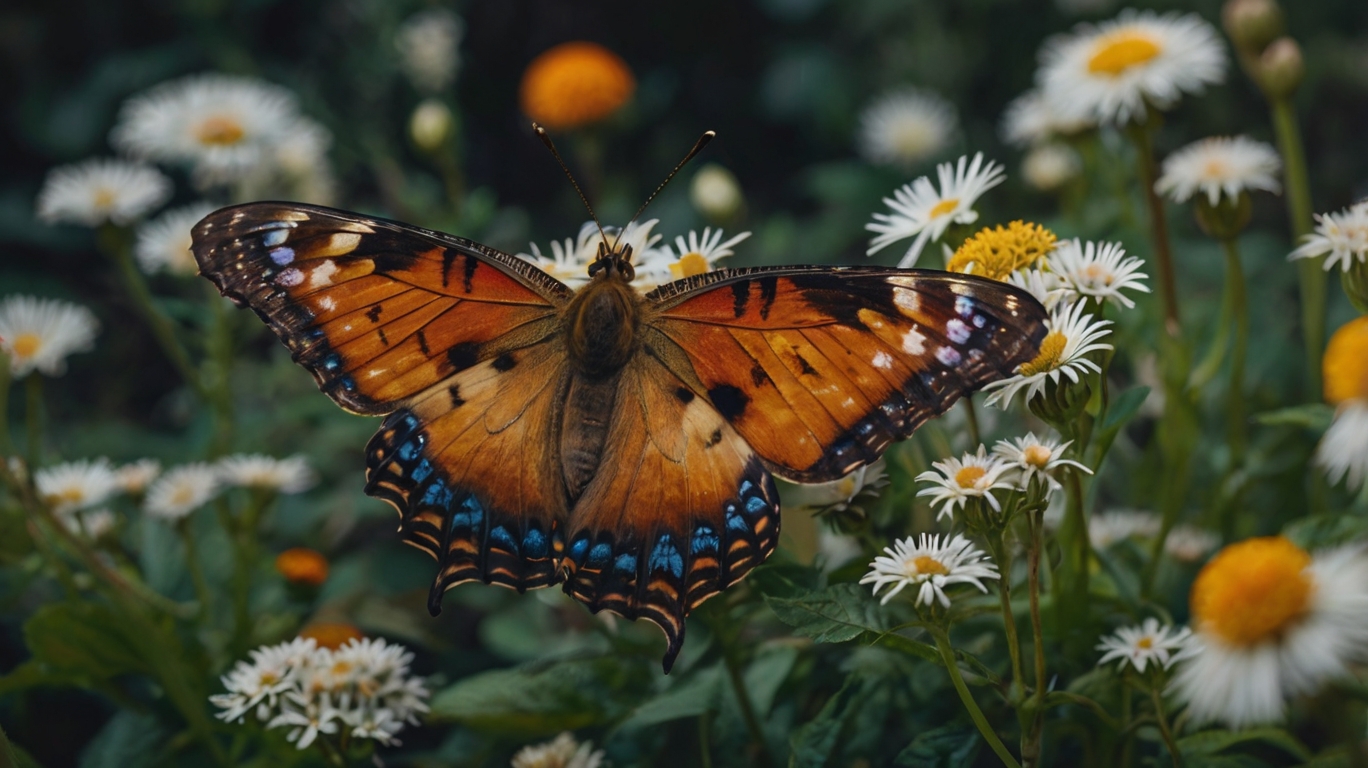Introduction
Want to turn your garden into a lively refuge? Discover how plants that attract butterflies and birds can bring color, movement, and joy to your outdoor space—right from the first moment.
By choosing the right species, you create an inviting environment for local wildlife while enriching the atmosphere of your home.
Get ready for practical and botanical tips that will make your garden both charming and full of life.
Why Attract Butterflies and Birds to Your Garden?
Ecological Benefits 🌱
Butterflies and birds are essential natural pollinators. They help plants reproduce and contribute to maintaining the balance of the local ecosystem.
Color and Life for the Environment
Mixing vibrant flowers with seed-producing plants creates a daily show of color and sound—especially during the summer months.
A Deeper Connection with Nature
Watching these beautiful visitors offers moments of peace and contemplation, reducing stress and increasing your connection with the natural world.
Plants That Attract Butterflies 🦋
Lavender
Highly attractive to butterflies and bees, this aromatic plant blooms from spring through fall and brings a delightful fragrance to your garden.
Lantana camara
Its multicolored flower clusters act like magnets for butterflies—an explosion of color that’s irresistible.
Milkweed (Asclepias)
Essential for monarch butterflies, it serves as both a sanctuary for caterpillars and a source of nectar for various pollinators.
[Sources: americanmeadows.com | marthastewart.com | bhg.com]
Verbena bonariensis
Native to South America (including Brazil), this plant blooms year-round and draws many butterfly species.
[Source: treehugger.com]
Coreopsis and Zinnia
Easy to grow and long-lasting, these bright yellow and orange blooms are favorites among butterflies.
Plants That Attract Birds 🐦
Salvia (Salvia splendens)
Especially appealing to hummingbirds and other nectar-feeding birds; the red flowers are particularly attractive.
Echinacea (Purple Coneflower)
Provides nectar during its bloom and nutritious seeds for finches and sparrows once the flowers dry.
[Sources: marthastewart.com | bhg.com | superseeds.com]
Pitanga (Surinam Cherry) and Grevillea
These native shrubs and trees offer both shelter and fruit, making them irresistible to a wide variety of birds.
Verbena and Lavender
Not only nectar sources but also attract insect-eating birds who feed on the butterflies and bugs around them.
Tips for Creating a Wildlife-Friendly Garden
Location and Sunlight
Choose a spot with at least six hours of direct sunlight per day, sheltered from strong winds—crucial for butterflies to thrive.
[Sources: greenwaybiotech.com | gardentech.com | homesandgardens.com]
Water Sources and Natural Feeders
Include a shallow birdbath or a small fountain so your visitors can hydrate safely.
Diversity is Key
Combine perennials and annuals with staggered bloom times to keep the garden attractive all year long.
Mindful Maintenance
Avoid using pesticides—they drive away wildlife and harm pollinators. Let some flowers go to seed to naturally feed birds.
Common Mistakes When Trying to Attract Wildlife
| Mistake | Consequence |
|---|---|
| Using pesticides | Kills pollinators and their natural predators |
| Planting non-native species | May not attract local wildlife or can outcompete native flora |
| Creating monotonous gardens | Lack of diversity discourages visits from wildlife |
Final Tips for Building a Natural Refuge
- Be patient: A well-structured garden takes time to flourish and establish balance.
- Harmonize with your home: Choose plant colors and types that match your house’s style.
- Observe and learn: Take photos and notes on which species visit your garden—this will help you make smarter choices in the future.
Time to Transform Your Garden!
If you dream of a lively, colorful garden full of delightful visitors, start by planting species that attract butterflies and birds.
Choose wisely, get creative, and above all, be patient.
Feel free to share your garden’s transformation—it will be worth every bloom you plant!
🌿 Happy gardening! 🌿
